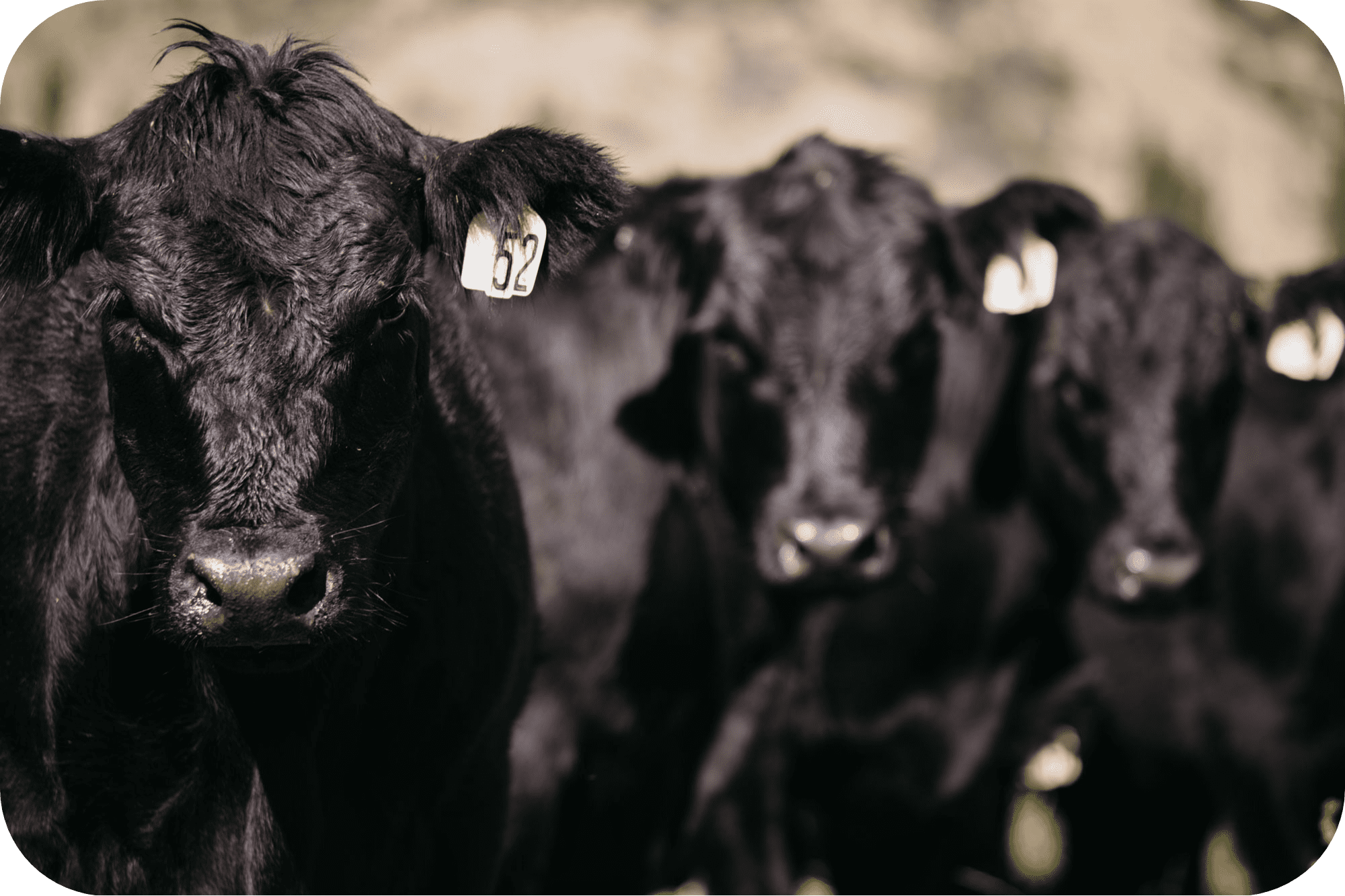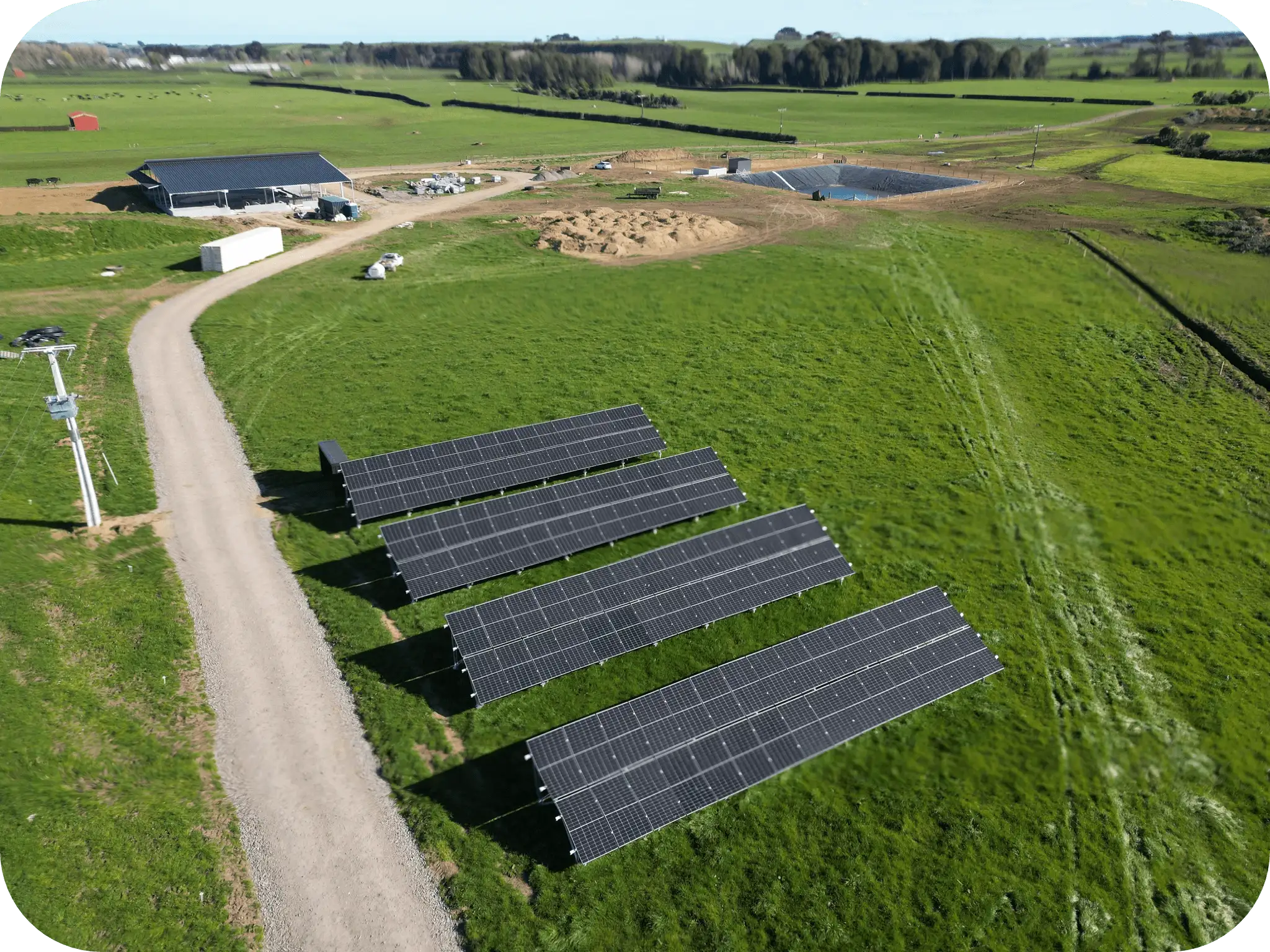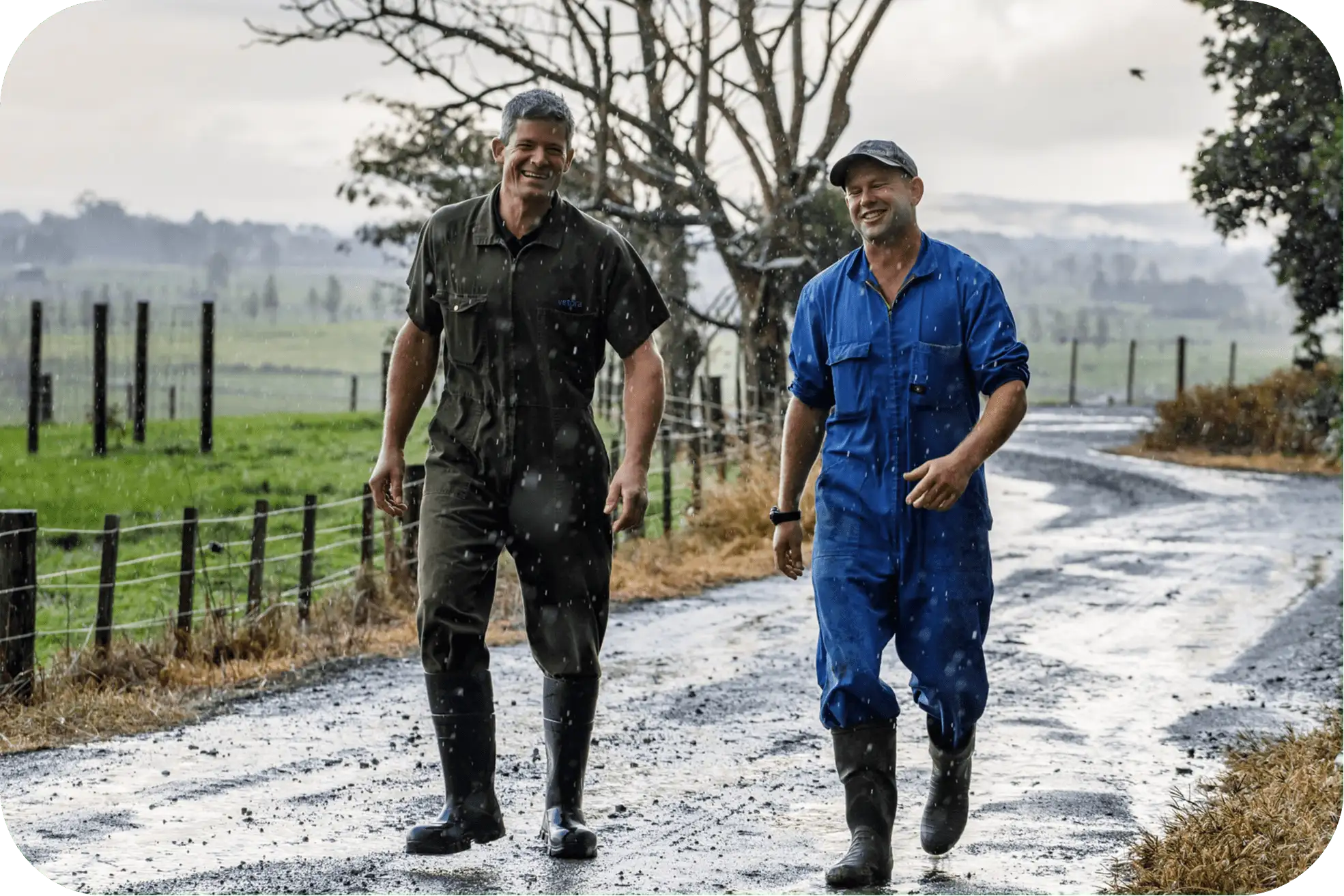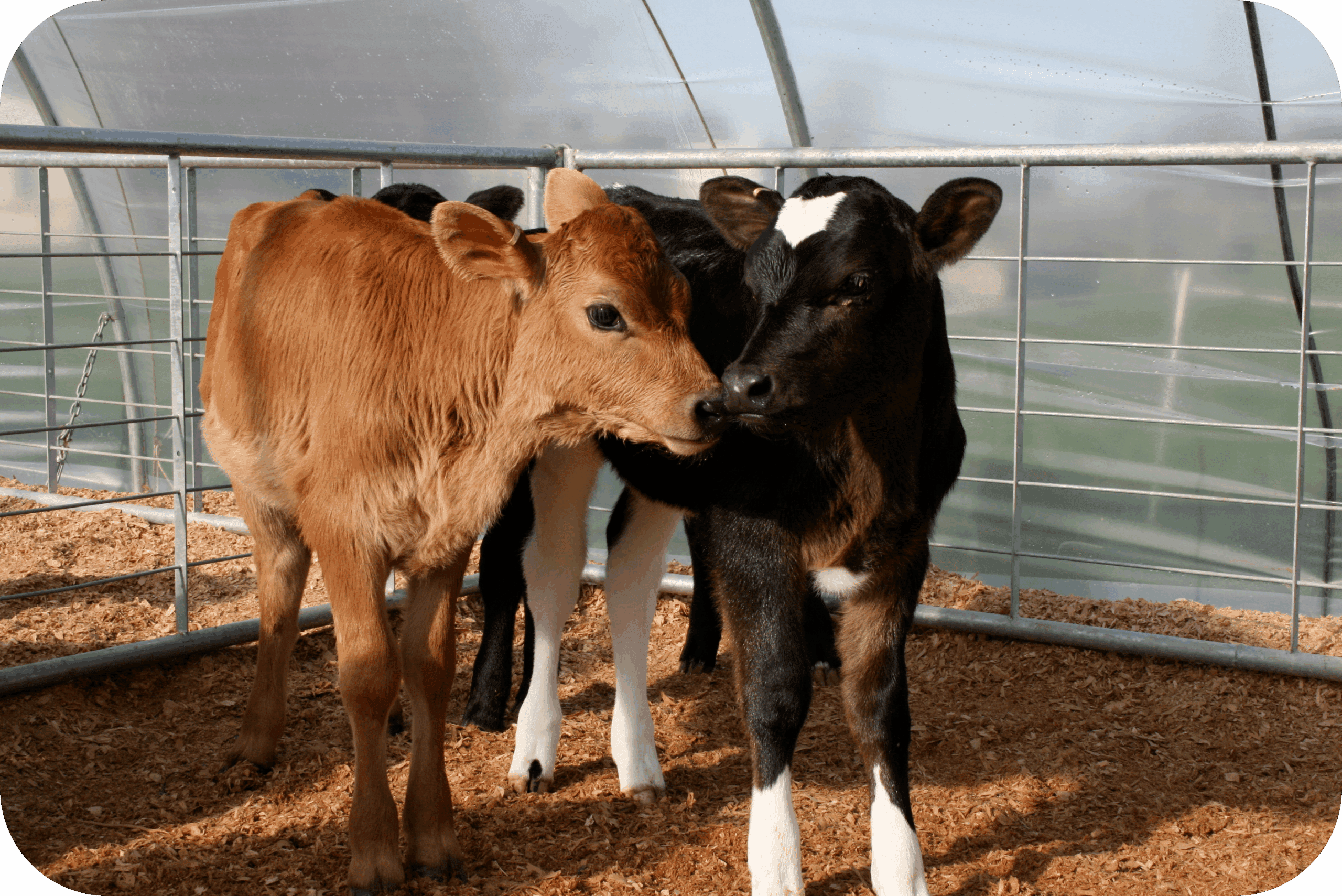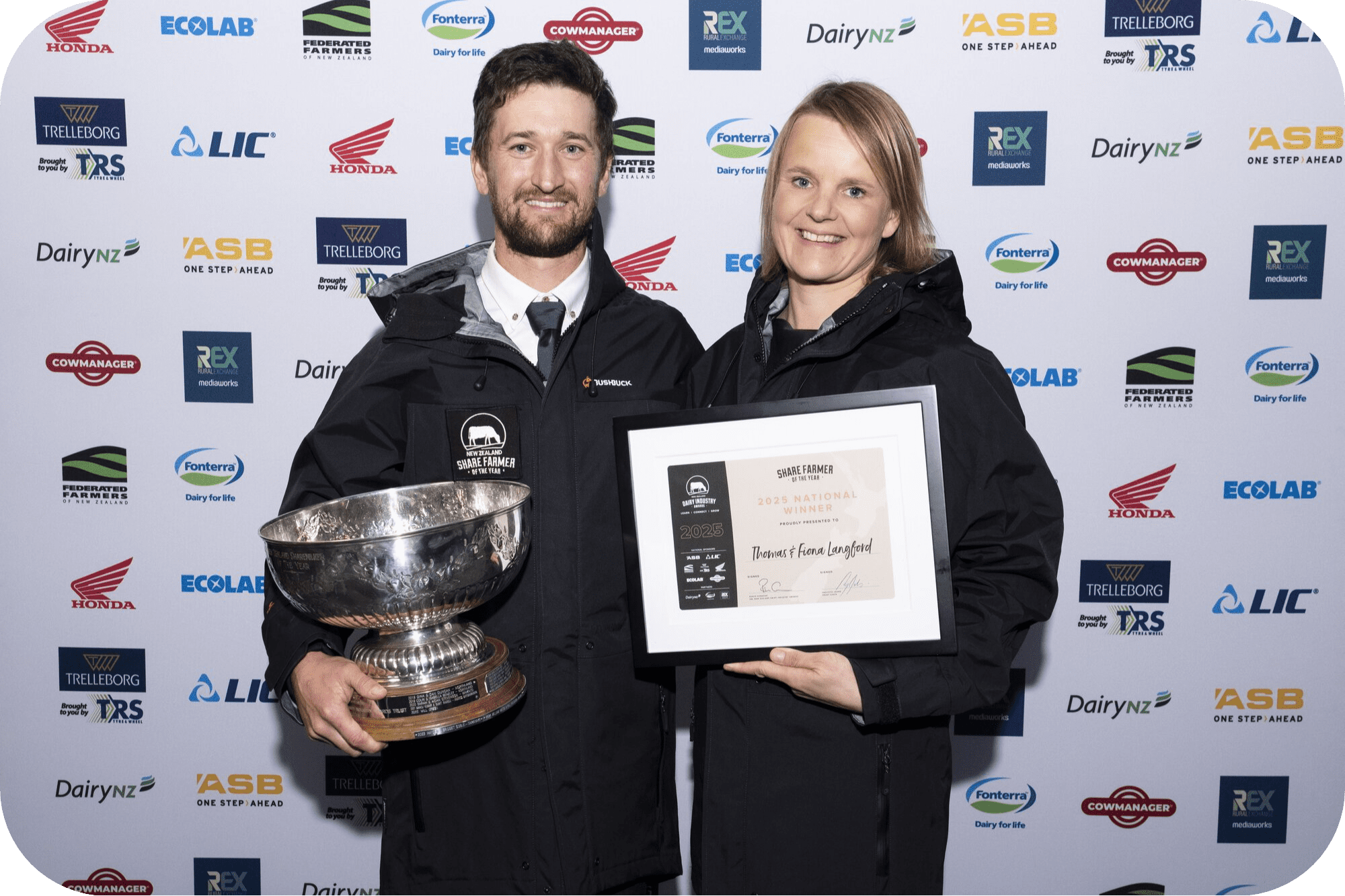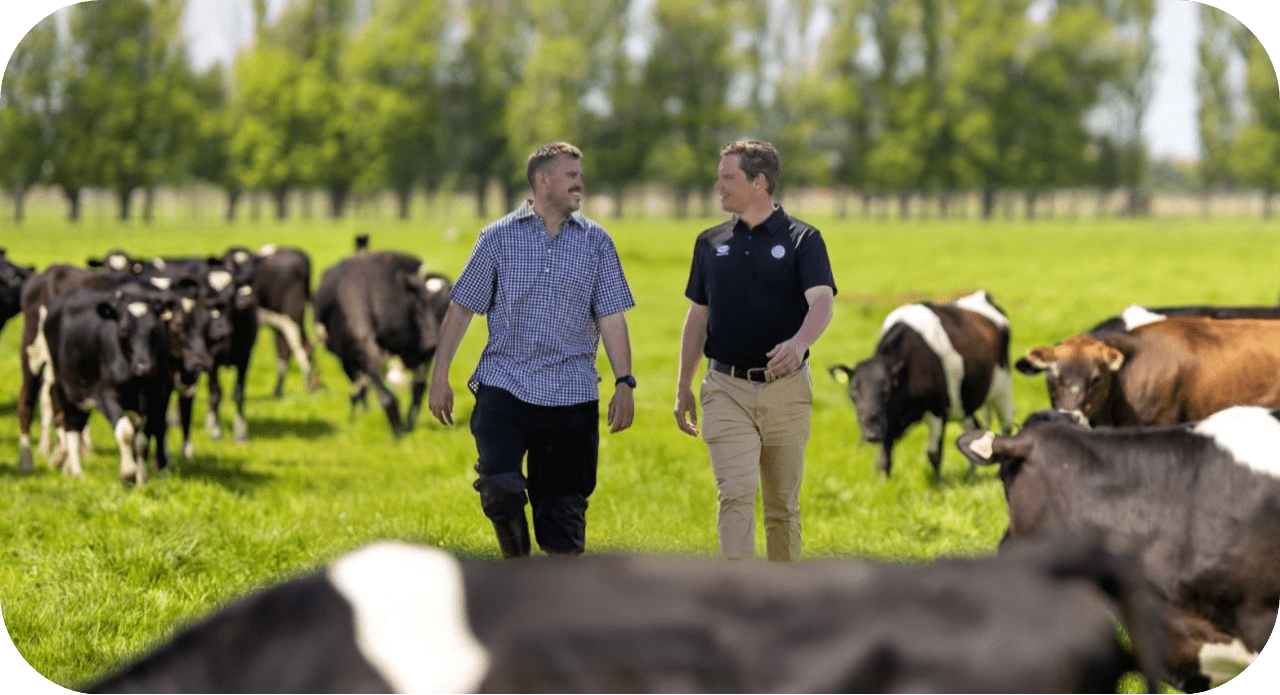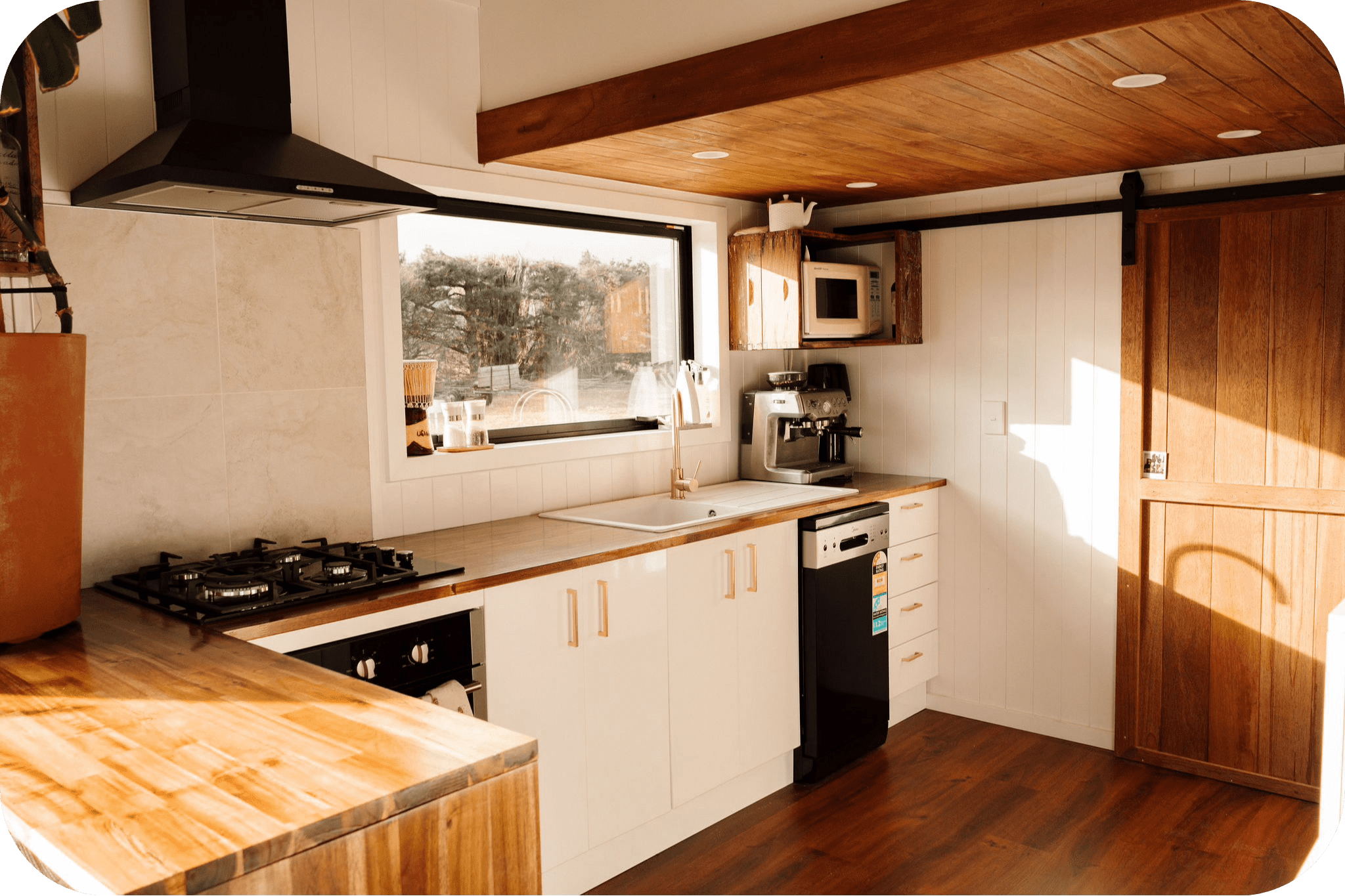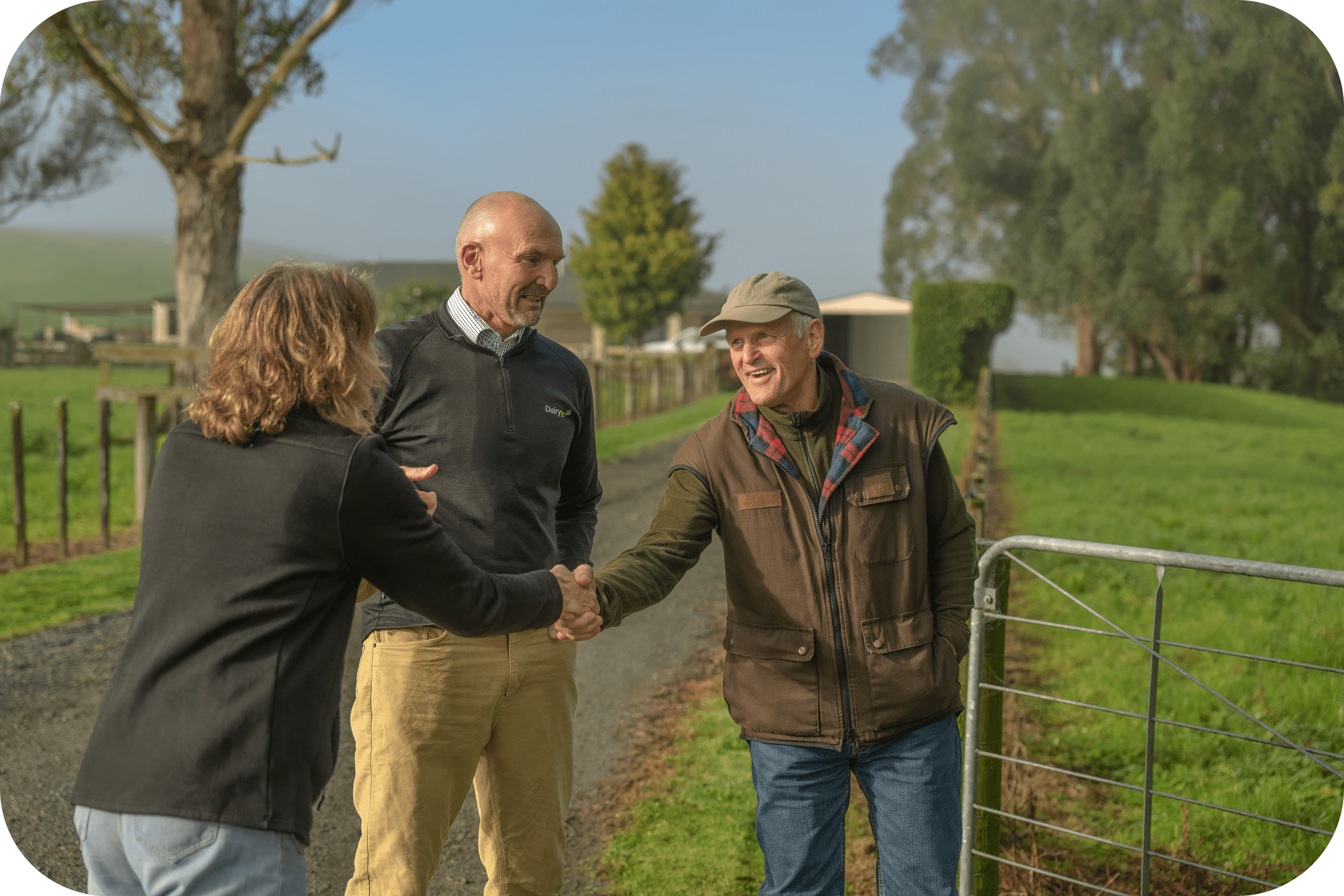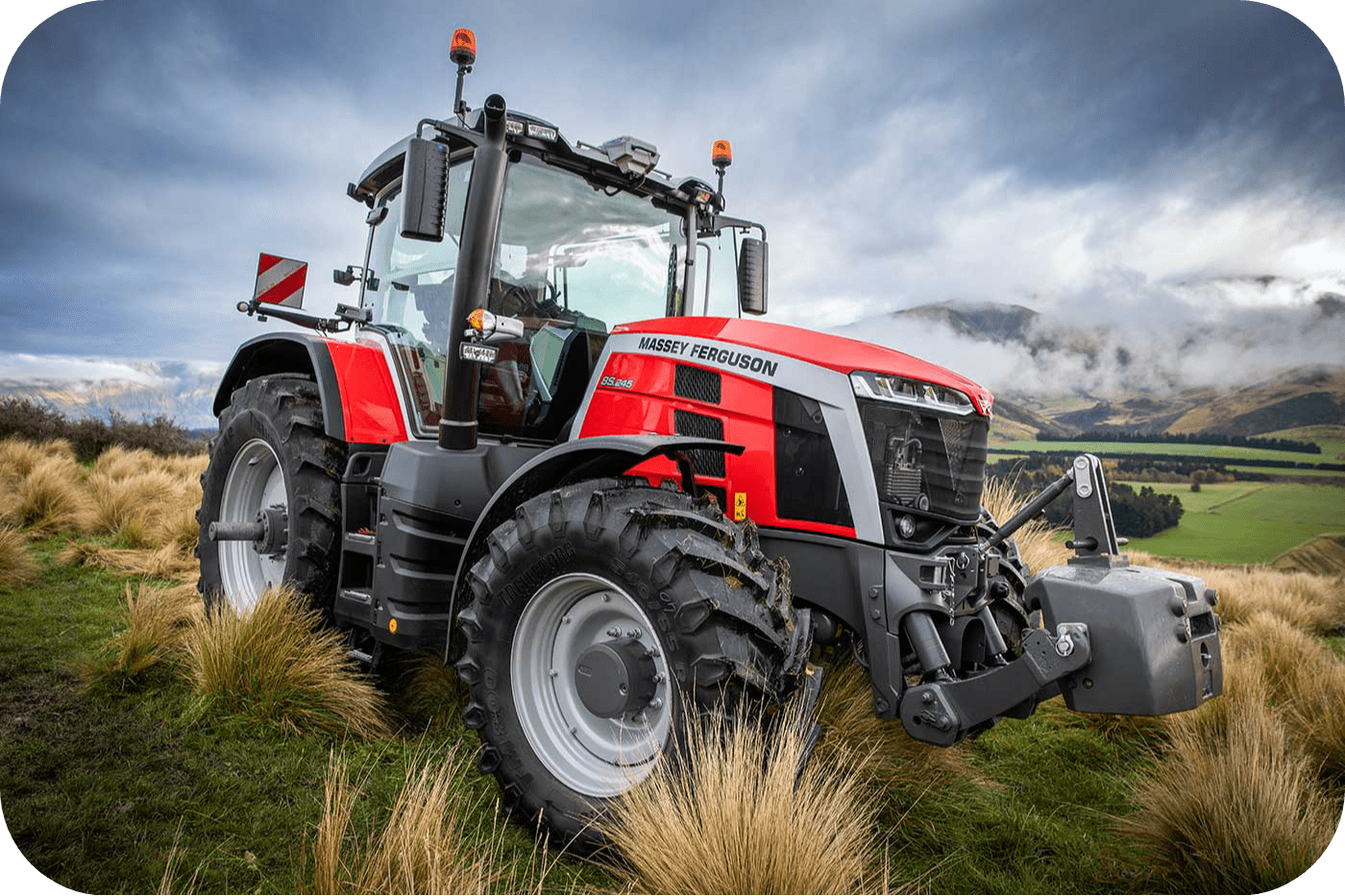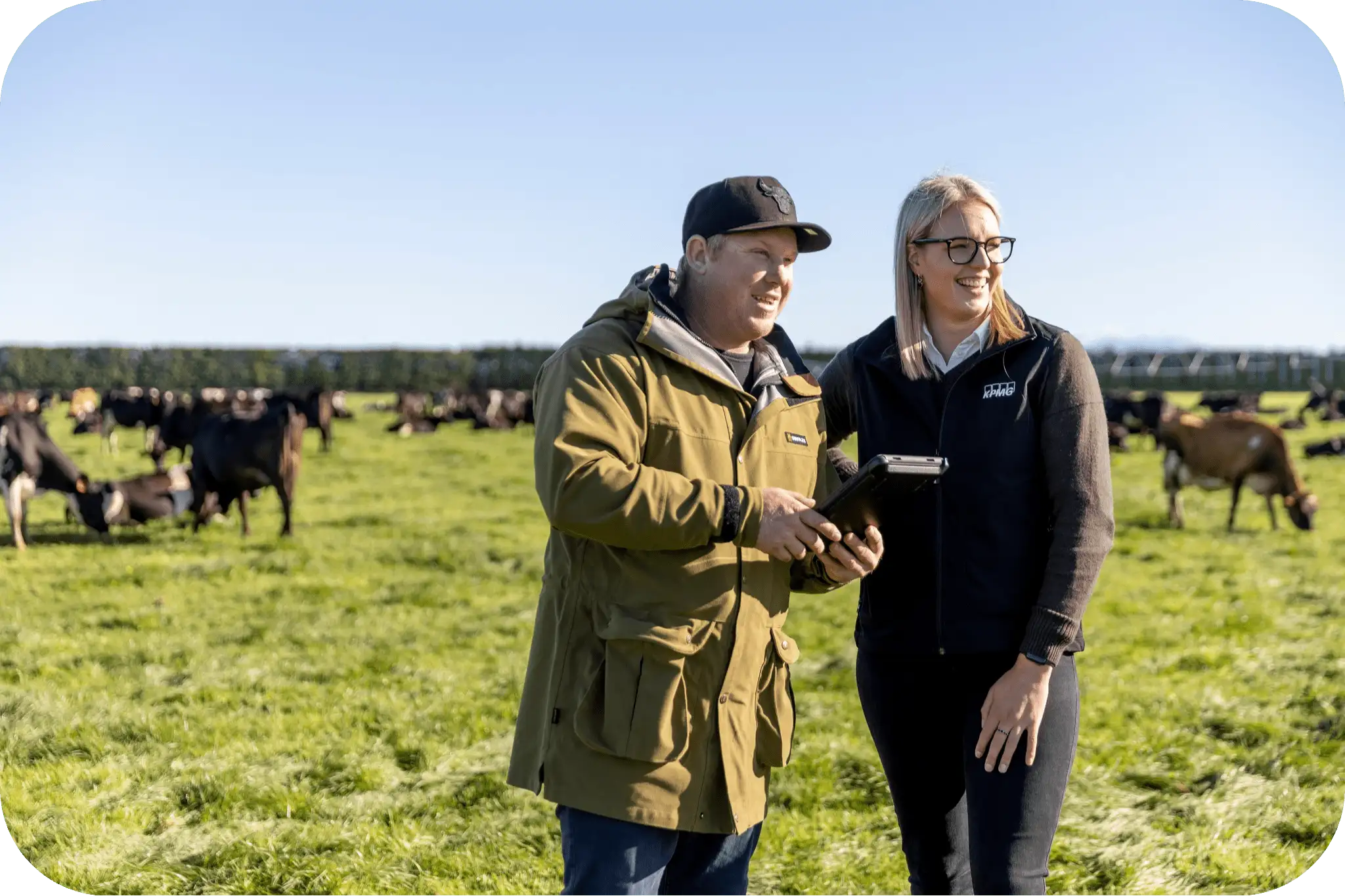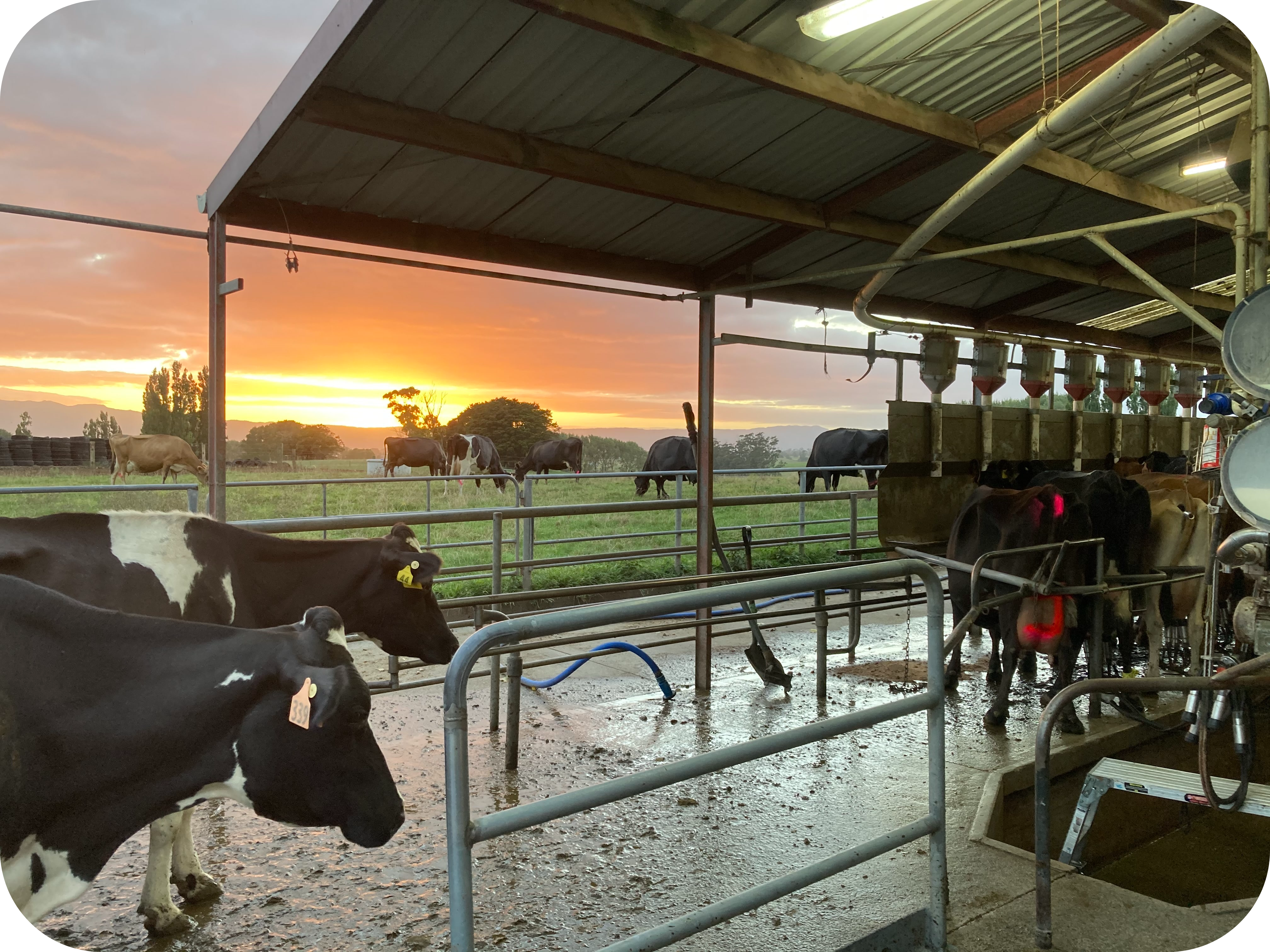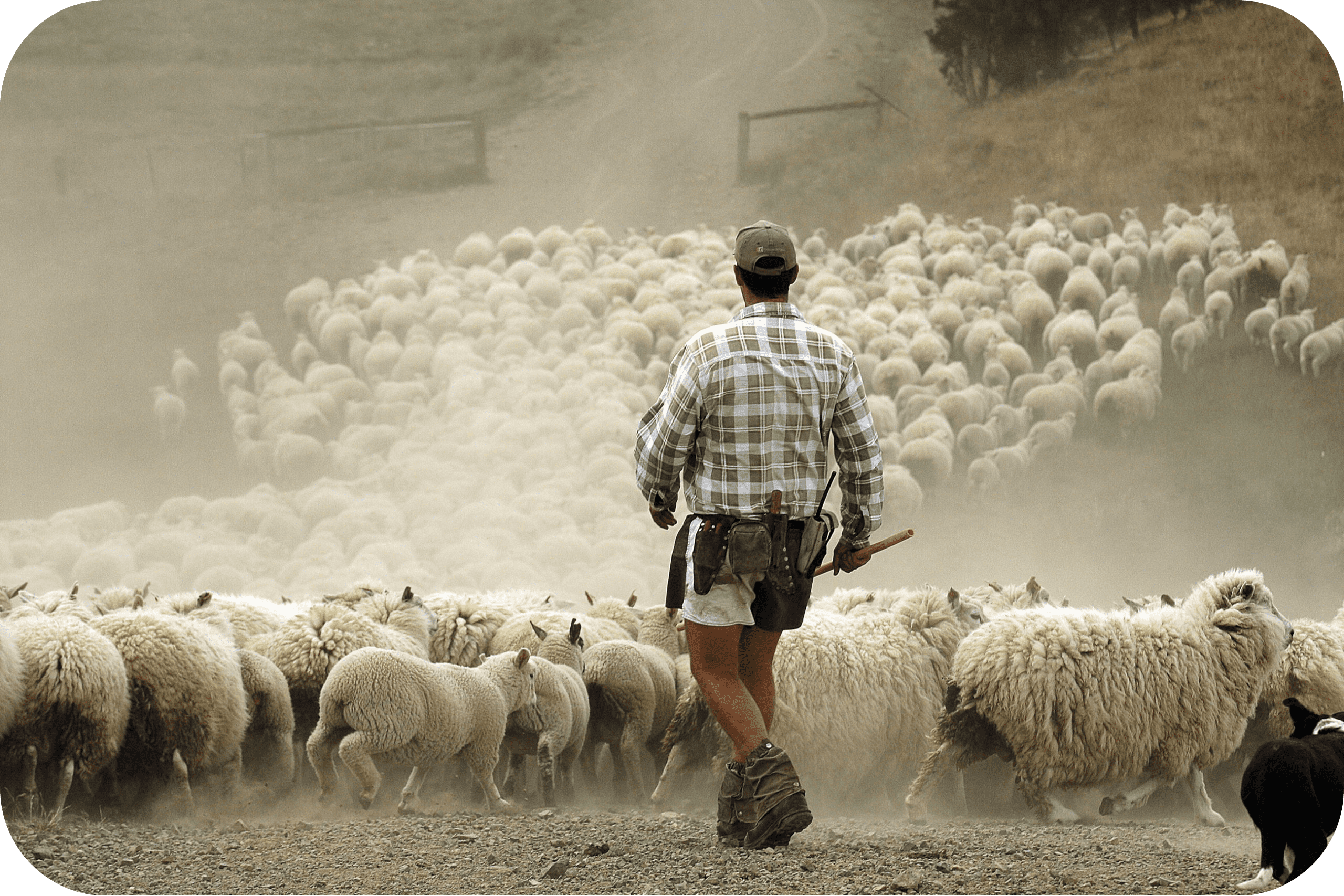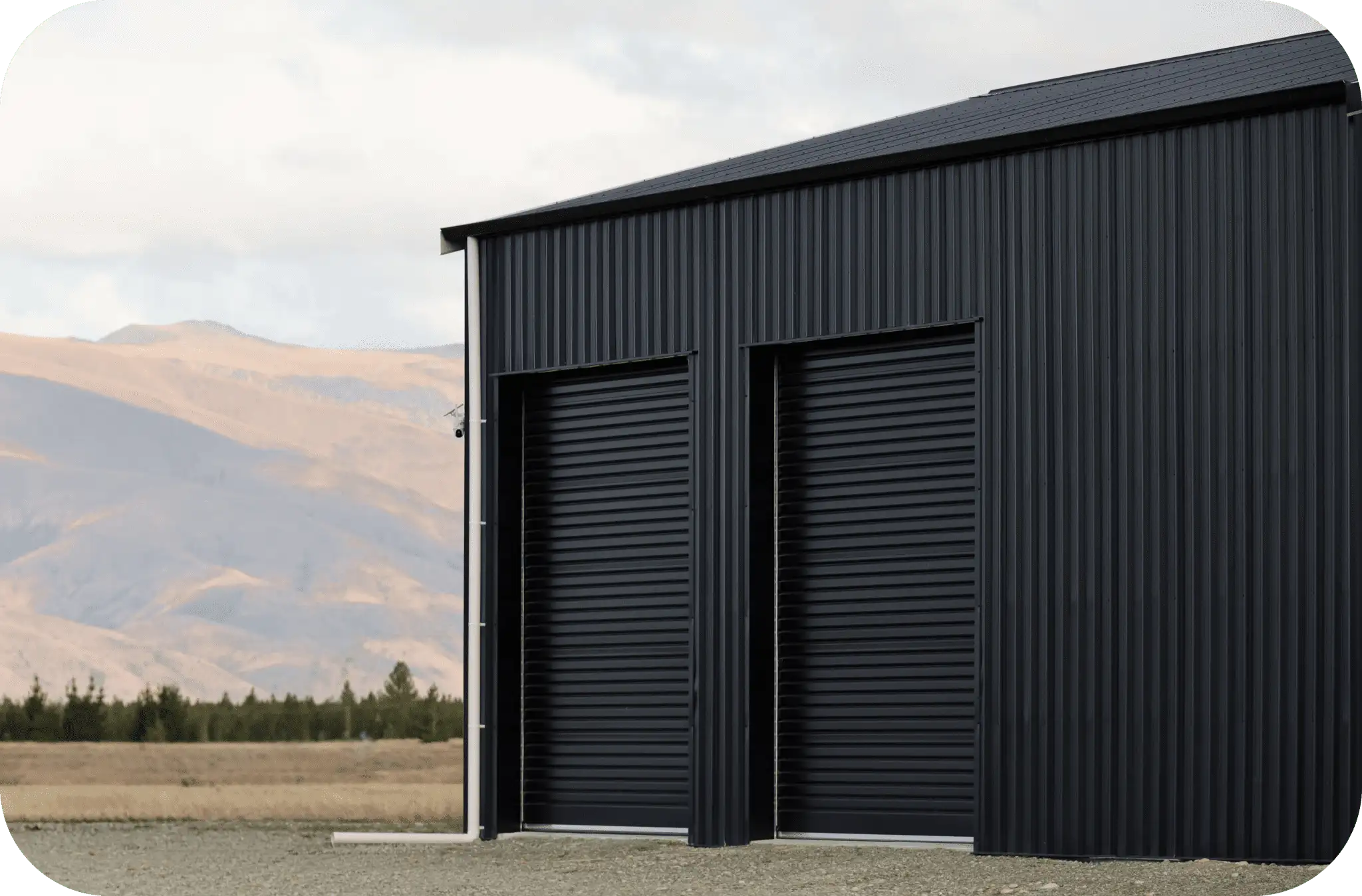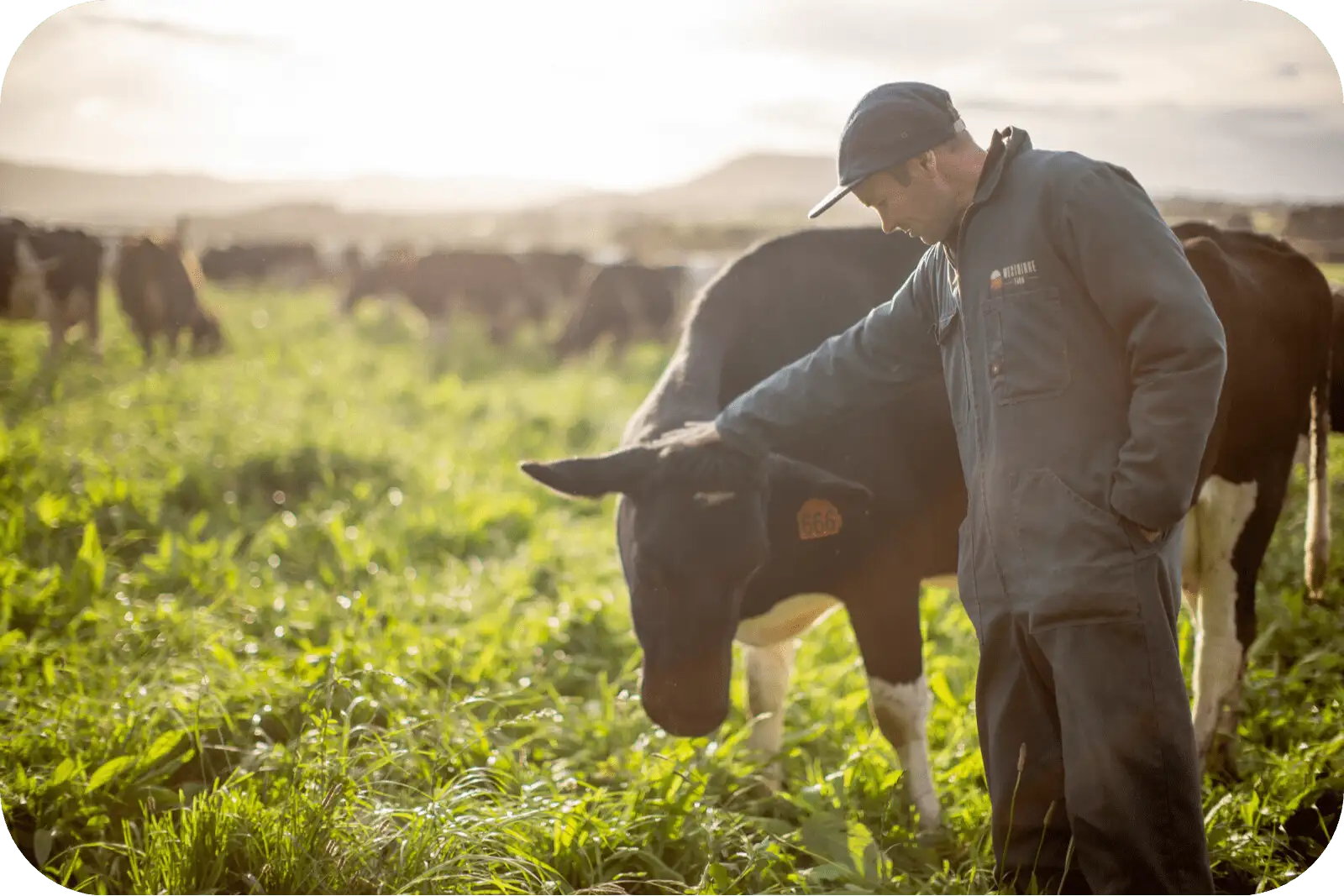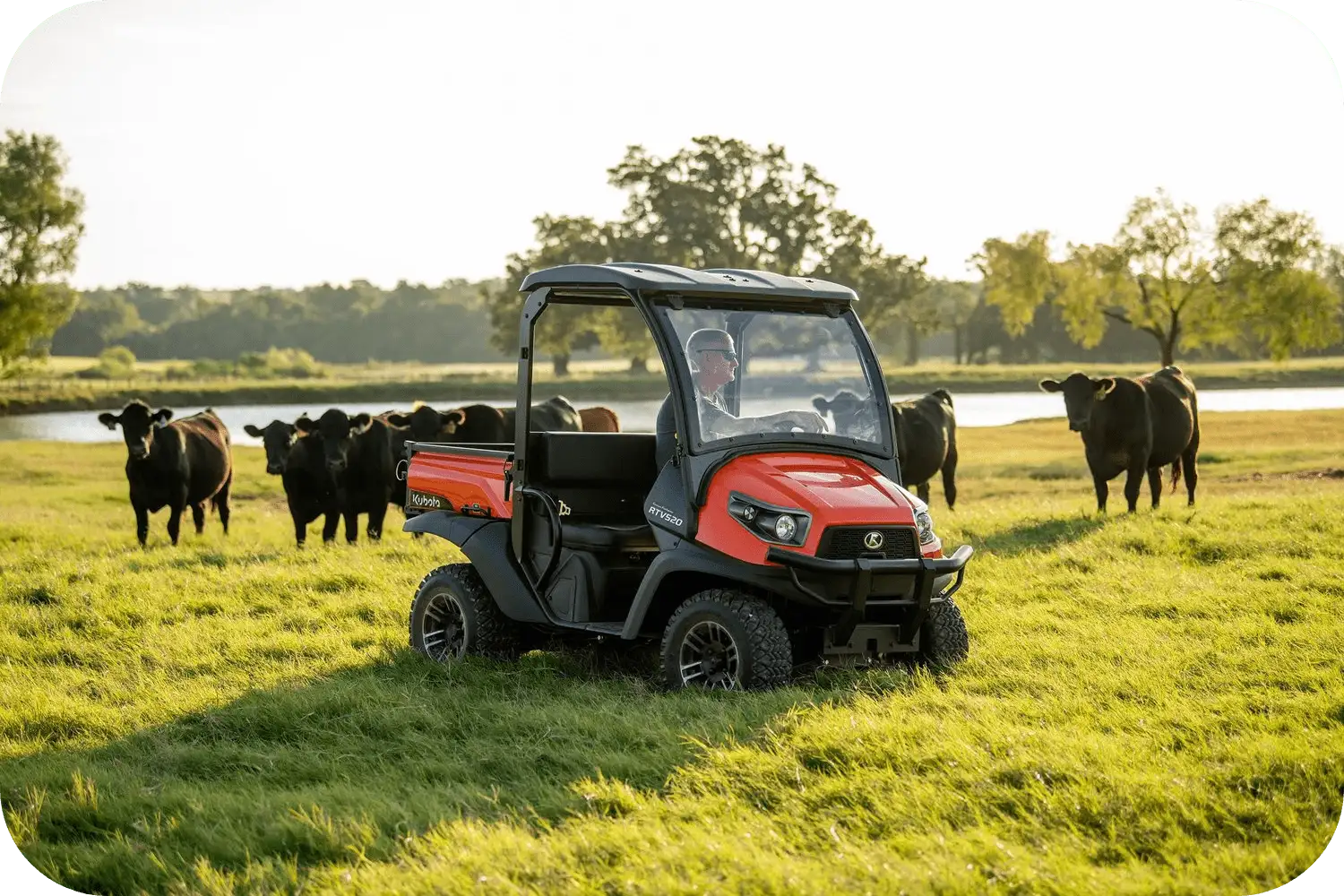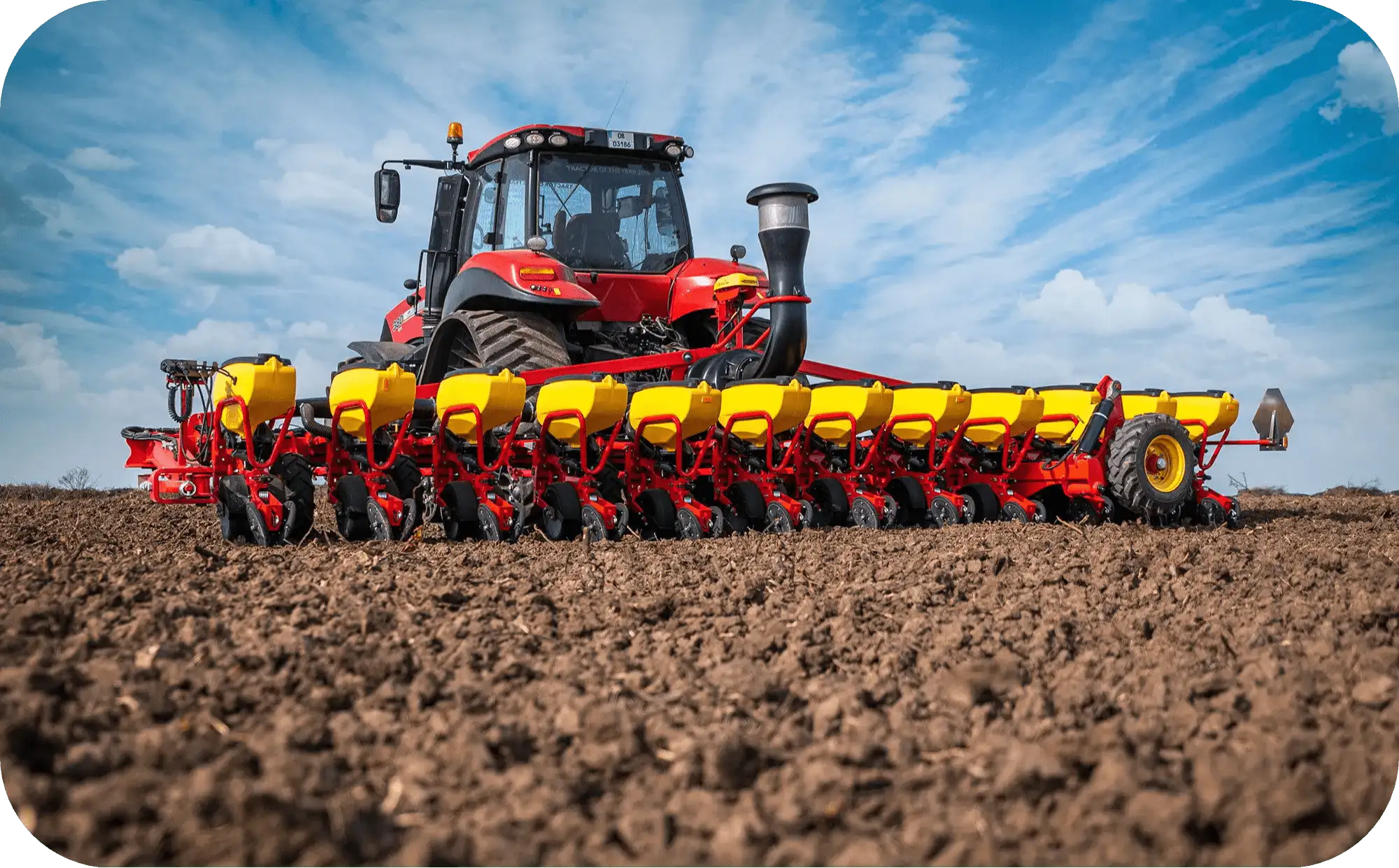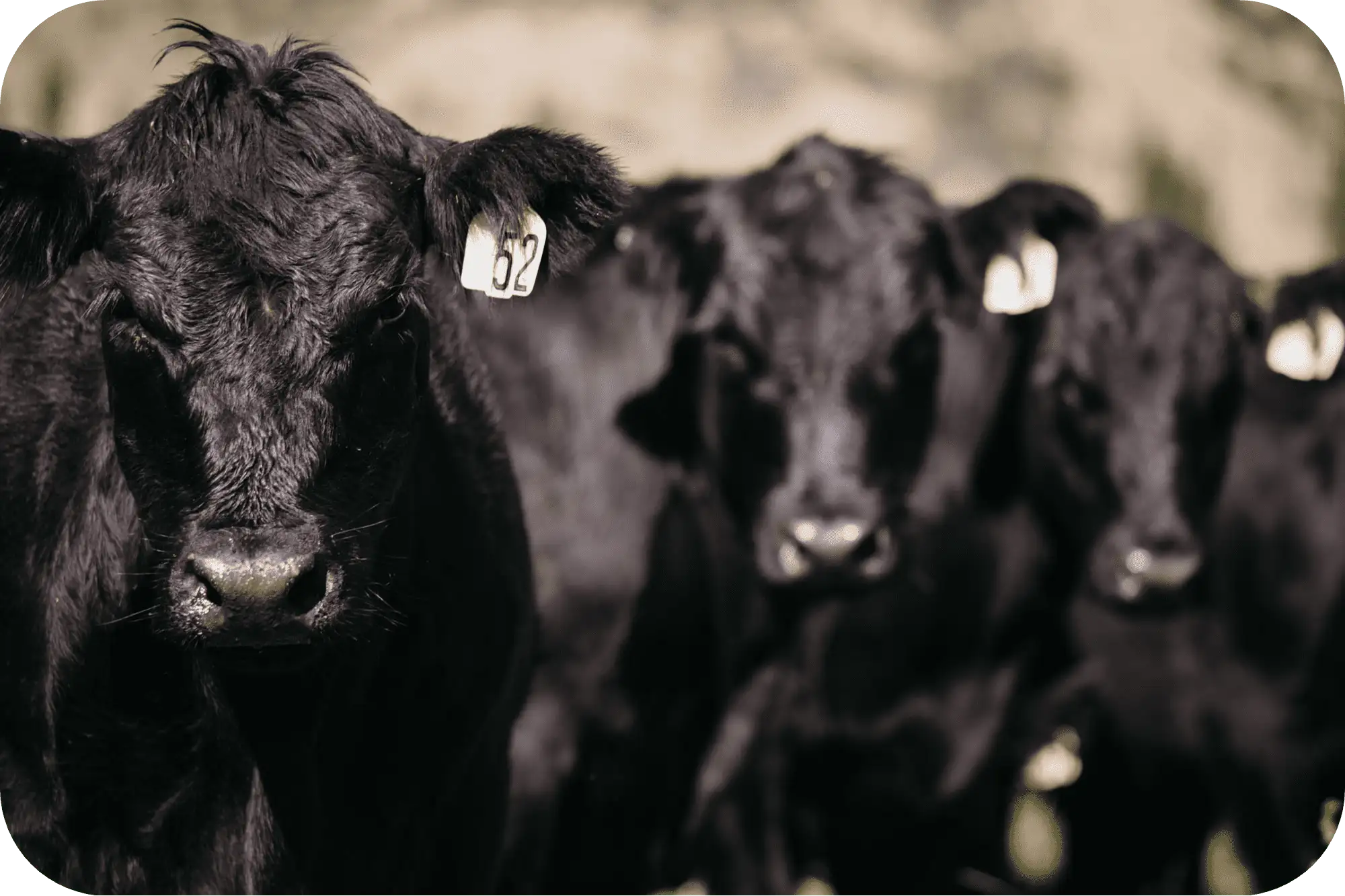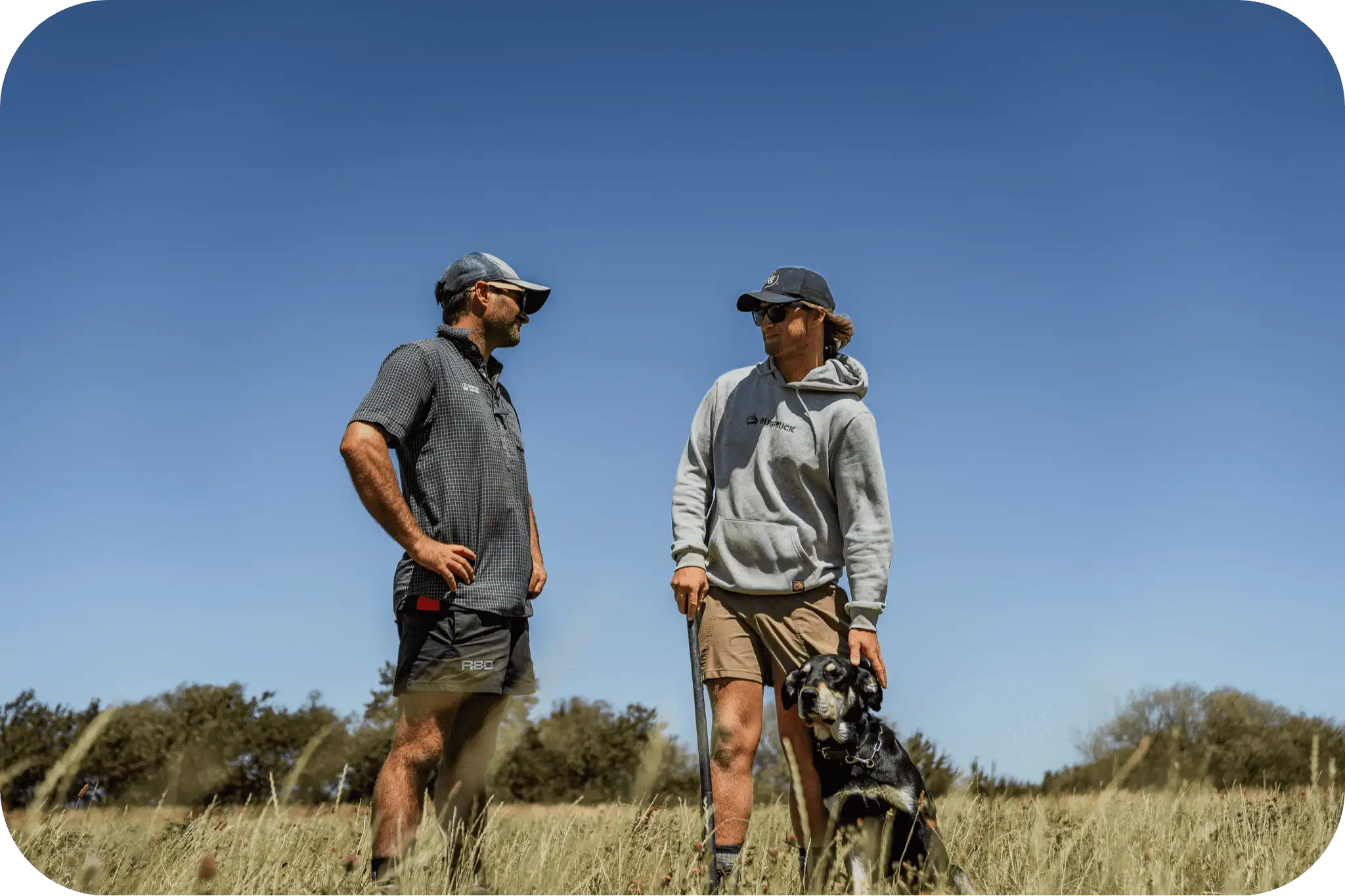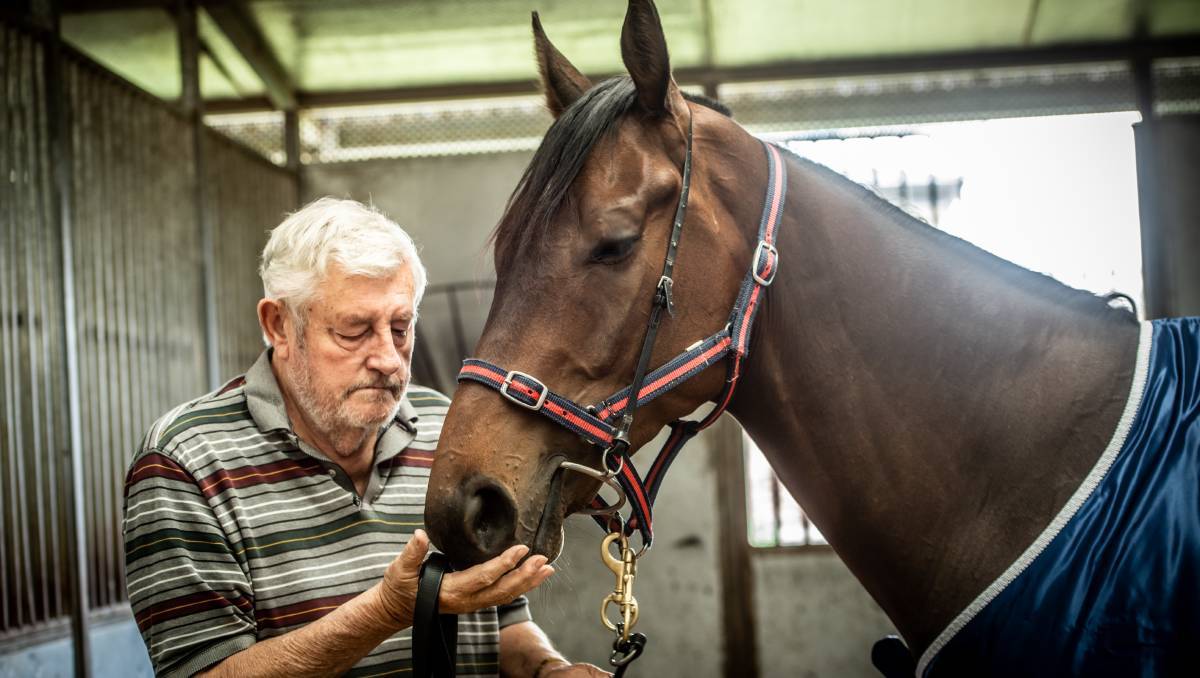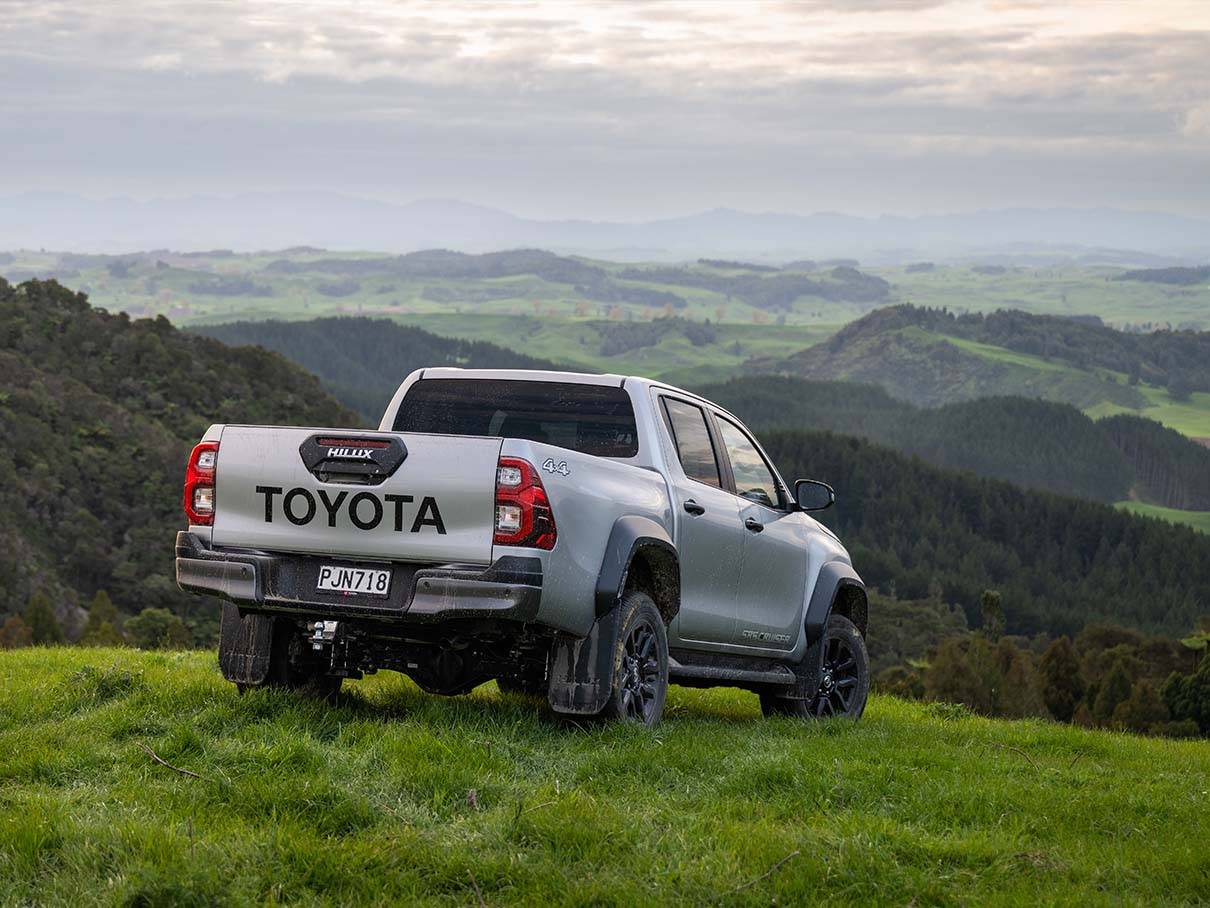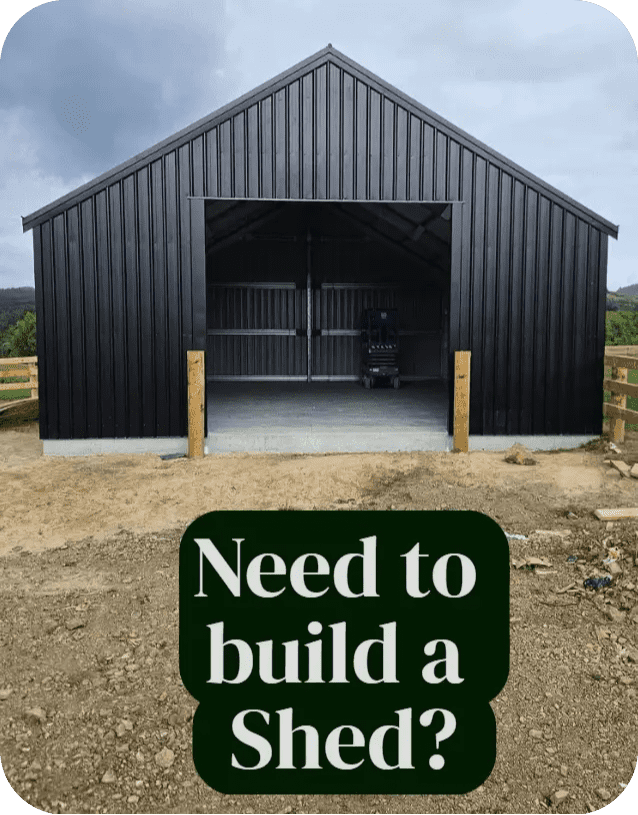It is based on milk price and milk company, post-grazing residuals, supplement composition and your profit requirements from using a supplement. The calculator assumes that metabolisable energy is the first limiting nutrient, but also takes into account the type of energy provided (e.g. starch, sugar, fibre), what effect this has on milk composition and the value of fat relative to protein. This calculator should not be used as a ration balancer.
Cropa For New Zealand Farmers & Rural Contractors.
Buy, subdivide, renovate, and build – the project is ready now! Estimated budget: $695,000. Gross profit estimate: $215,000. Project completion time: 6 to 9 months.
Estimated return: 31%. Financing available for Kitchener Street, Ashburton. This is a perfect small development that will yield an estimated profit of $215,000 upon completion. Completion time is estimated at 6 to 9 months, and the total investment needed for the project is around $695,000.
Our business model focuses on finding large sections that are subdividable.
Once we identify a project, we create an estimated budget to complete it for one of our investors. Our goal is to partner with individuals who prefer to engage in a couple of these projects each year. You provide the financing, and we handle the work.
We have a project management fee of $20,000 (including GST) for our services in finding, managing, and reselling the project upon completion. This fee is included in each development budget.
New Zealand red meat exports during March achieved record values for any month with sales worth $1.26 billion, according to the Meat Industry Association (MIA).
Values were up by 34% compared to March 2024, with volumes for both sheepmeat and beef up by 10%.
Red meat exports for the first quarter of the year were also up, worth $3.28 billion, a 28% increase on the first quarter of 2024.
The United States was the biggest customer for both the first quarter and for March, at $1.4 billion and $398.2 million respectively, followed by China at $832.5 million and $286.2 million.
Are you interested in taking advantage of a complimentary farm visit from a highly knowledgeable solar power expert to discuss the various options available to you? Our team of solar installers boasts extensive experience in the successful installation of solar power systems tailored specifically for farms and lifestyle blocks.
To get started, simply fill out the form provided, and our local solar installer will reach out to you promptly with a phone call to explore your unique options in detail.
This is a great opportunity to learn how solar energy can benefit your agricultural operations or rural living, and we look forward to assisting you in making an informed decision that aligns with your needs and goals.
New Zealand dairy farmers are feeling proud and increasingly positive about the future of their sector, according to DairyNZ’s latest View from the Cowshed report released today at Fieldays.
The nationwide survey of dairy farmers reveals that nearly 85 percent are proud to work in the sector, and over three-quarters believe the outlook for dairying will remain stable or improve over the next three years – signaling a lift in confidence despite ongoing challenges.
DairyNZ chief executive Campbell Parker says the findings paint a picture of a sector that is passionate, resilient and progressive.
“What stands out clearly is farmers’ pride in their work and their deep commitment to animal welfare, environmental stewardship and their communities,” says Campbell.
Progressive Projects is the residential arm of MSG Construction — one of New Zealand’s fastest-growing construction companies and proud recipient of the Deloitte Fast 50 award for fastest growing construction company for 2024 for the Central North Island.
Backed by the systems, scale, and success of our commercial counterpart, we bring that same trusted expertise into every home we build. From foundations to finishes, our team delivers high-quality residential builds with the precision, performance, and professionalism that MSG is known for
New Zealand’s pasture-based systems generally support good animal welfare, but bad weather can create wet and muddy paddocks, making management more challenging.
Public concern is growing over calves being born on mud, and the Ministry for Primary Industries (MPI) has been actively monitoring animal welfare during winter, particularly in the South Island, for several years.
Calving is stressful for a cow’s body and can put her health at risk. Sick cows require substantial extra care. This highlights the importance of planning, which minimises problems for you and your team.
Encouragingly, the 2023-24 Animal Care Consult data shows that 95% of farmers check their springing cows at least three times a day, with many inspecting them even more often. During poor weather most farmers increase calf pickups – proactive steps that help reduce some of the risks associated with winter calving.
Nitrogen fertiliser is an incredibly valuable tool that plays a critical role in enhancing the growth of both pasture and crop on pastoral dairy farms. It is important, however, to recognize that simply applying nitrogen fertiliser is not sufficient; the success and efficacy of its use are heavily dependent on three key factors: timing, location, and quantity.
The 2025 Share Farmers of the Year Award went to Fiona and Thomas Langford from the Waikato, who also won the DairyNZ – People and Culture Award. The judges were impressed with their overall excellence across the board, including driving positive staff culture, and use of data and technology on farm.
Planning and preparing for calving with your farm team will reduce stress when calving is in full swing, and will help keep everyone safe and healthy. Calving is one of the busiest times of the year. Spend time with your team prior to calving to create a plan that works for everyone and the results will follow. Ensure you have everything you need prior to calving to help reduce stress, keep you on track from the get-go, and to create better outcomes for your team and animals.
The Hodsells have a passion for genetics and breeding, and after six seasons of focus, their herd sits in the top 5% in New Zealand, with a breeding worth of $352 and a production worth of $395. Sam does the artificial insemination himself, and fertility, confirmation and production are the key traits they breed for. Sam says he gets a lot of satisfaction from seeing the resulting progeny grow into the herd after selecting the bulls. Another tactic they tried was shifting their two full-time team members from a salary to an hourly rate four years ago.
Welcome to Sanctuary Tiny Homes, where the distinct yet harmonious cultures of a Brit and a Kiwi converge in a beautiful pursuit of affordable, eco-friendly housing solutions. Our journey started years ago, rooted in a deep friendship that blossomed through shared experiences and collaborations in various trades. As time passed, it became evident that our shared expertise and unwavering passion for tiny homes was a solid foundation for a meaningful venture. Inspired by the growing need for sustainable living options, we made the bold decision to pack our bags, leave our comfort zones, and set off on a transformative journey to Wanaka.
Educating students on the importance of sustainable farming, transforming a treeless farm, and significantly reducing nutrient and sediment loss is some of the work recognised with a DairyNZ Sustainability and Stewardship Award at the 2025 Ballance Farm Environment Awards.
Finance New Zealand saves you time by working for you as your one point of contact. With over 30 funding partners, they facilitate the best finance solution for you. No matter whether you’re milking in Southland or cultivating crops in Hawke’s Bay, their team is available to meet you onsite to discuss your agricultural finance requirements.
Citrus Living is a pioneering company dedicated to creating exceptional housing developments in Christchurch and the broader Canterbury region. Our mission is to not only meet but exceed the growing demands for high-quality residential options in this beautiful area. To achieve this goal, we bring together a skilled and talented team of fully qualified, industry-leading experts who are passionate about delivering outstanding homes. In addition to our in-house professionals, we collaborate with a network of experienced partners and reliable contractors, all of whom share our commitment to quality and excellence.
2025 Nissan Navara is a tough, rugged and advanced ute. Nissan Intelligent Mobility keeps your eyes on the road and surroundings to assist you in handling unexpected situations. Wheel-scraping boulders? Severe drop-offs? Not to worry. Nissan Navara has 4 cameras give you a 360-degree overhead view of your vehicle, with a designated off-road mode so you can see exactly where to place your front wheels in rough terrain.
Writing a will is an essential responsibility that everyone should consider, as it serves as a vital legal document that ensures your final wishes are honored. It is crucial not only to create a will but also to update it regularly to reflect any changes in your life circumstances. We highly recommend that individuals review their wills every five years, but it may be prudent to reassess it sooner if significant events occur, such as changes in your relationship status, the expansion of your family through births or adoptions, or the acquisition of new assets such as an inheritance.
What’s your game plan when pasture growth slows down or a dry spell hits? Do you know which supplement will give you the best value for money? And how do you balance cost and risk when planning for the future? In this episode of Talking Dairy, DairyNZ’s Mark Williams, and Rakaia dairy farmer, Enda Hawe, discuss how to choose the right supplements for your circumstances. They cover the concept of marginal milk and how it can be used to ensure your feed strategy is financially sound. And they discuss the how to make the most of DairyNZ’s Supplement Price Calculator and the FeedChecker to guide decision-making. Find out what steps you can take now to minimise the impact of future feed shortages.
The supplementary feed price calculator allows you to determine how much you can pay for supplementary feed.
There are numerous differences between contractors and employees that significantly affect the rights, responsibilities, and obligations of both the farmer as an employer and the farm worker. Understanding these distinctions is critical in maintaining legal compliance and fostering a fair working relationship.
The DairyNZ team is continuing to explore the potential of digital technology to support animal wellbeing and the overall health of farm systems. As farms generate more data than ever before, the challenge is figuring out how to use it effectively and unlock its potential. Meanwhile, interest from customers and consumers worldwide is growing, particularly in how their food is produced and the quality of life of the animals involved.
Farm Ute leasing serves as a valuable financial tool that empowers farms and businesses, particularly those in the agricultural sector, to acquire essential farm vehicles without the substantial upfront costs often associated with outright purchases.
Through this arrangement, the lease company retains ownership of the vehicle while you, as the lessee, pay a predetermined monthly rental fee that allows you to use the vehicle as needed. Typically, lease periods range from three to five years and are predominantly available for new farm utes and vehicles, which are specifically designed to meet the rigorous demands of farm work.
Fonterra, the leading player in the dairy industry, is making a significant investment of an additional $22 million at its strategically important Waitoa UHT (Ultra High Temperature) site. This investment is aimed at bolstering the company’s growth in its Foodservice sector, which has been experiencing increased demand for high-quality dairy products. The funds will be used to enhance the site’s processing capabilities, specifically focusing on cream processing, which is crucial for meeting the needs of Foodservice clients. With this expansion, the site will see an impressive boost in its cream processing capacity, enabling it to handle an additional 30,000 metric tons of cream each year.
When you move assets into the Trust, they may become protected against creditors, WINZ and other parties. But remember, if the documentation isn’t correct and if the transfer documents don’t contain those special Hawkins and entrenchment clauses we so often talk about, asset protection will indeed be threatened. Often a family will acquire assets and will want to ensure future generations can enjoy those assets. For example, you might buy a rental property and want your children and your grandchildren to be able to enjoy the benefit of this for years to come. One way of ensuring the asset is protected for future generations to use is by putting it in a Trust with specific Trust deed provisions so that the Trustees cannot sell the asset in future years.
Cost-effective and smart, Kitset Pole Sheds stand out as a superior alternative to traditional building methods, offering a range of advantages that make them an ideal choice for those looking to enhance their agricultural operations or lifestyle blocks. These innovative structures provide an affordable and efficient solution, combining quality workmanship with flexibility and ease of assembly. By opting for Kitset Pole Sheds, customers can enjoy significant cost savings without compromising on durability or functionality.
When it comes to breeding more efficient and productive cows, understanding the concept of genetic gain is of paramount importance. Genetic gain refers to the improvement in the genetic qualities of livestock over time, which can lead to significant advancements in milk production, disease resistance, and overall herd health. This improvement is not only beneficial for individual farmers but also contributes to the sustainability and profitability of the entire dairy industry. In this context, we wonder how New Zealand Animal Evaluation Limited (NZAEL)’s online tools can assist farmers in achieving better genetic outcomes for their herds.
Nimble and mighty, the RTV520 is expertly crafted to handle the demanding needs of both farms and job sites with unrivaled efficiency and versatility. Designed to maximize productivity while ensuring comfort, this compact yet powerful utility vehicle boasts the ability to accomplish more tasks across more areas, all with effortless ease. Built to excel in heavy-duty operations, its user-friendly design combines seamless operation with minimal maintenance, making it an indispensable tool for challenging workloads. Equipped with a high-performance 2-cylinder engine, the RTV520 delivers increased horsepower and steadfast reliability, ensuring quiet yet robust power for any task at hand.
Sheds Direct, a proud family-owned and operated business, has been at the forefront of supplying top-quality steel-framed buildings throughout New Zealand since 2018. With our robust factories strategically located in both the North and South Islands, we’ve achieved remarkable growth over the past 24 months and we’re just getting started. Our momentum is strong, and we’re ready to continue leading the industry with confidence.
The Tempo R 12-18 is a powerful, high-speed planter designed to deliver outstanding performance with its 12 or 18 row units and optional fertiliser metering. Its easily adjustable row spacing allows you to plant a wide variety of crops using the same machine, maximizing your operational efficiency. The three-point linkage ensures superior manoeuvrability and short headlands, giving you the agility you need in the field. Furthermore, the rigid frame boasts fewer moving parts, minimal weight, and reduced maintenance requirements, all while maintaining the exceptional precision that the Tempo R is known for.
The historical introduction of Angus cattle to New Zealand can be traced back to the year 1863, marking the beginning of their journey in this new land. Since the 1960s, there has been a concerted effort to selectively breed these animals to enhance their desirable traits, resulting in Angus cattle that are now taller, longer, and larger when compared to their original Scottish counterparts. This evolution demonstrates the adaptability and versatility of the breed to changing environmental and commercial demands.
The Sober Coach Program integrates the most effective aspects of traditional rehabilitation methods and Alcohol Addiction Counseling to provide a comprehensive six-week approach aimed at achieving long-term sobriety. Our approach and program are based on psychotherapy, cognitive behavioral therapy, relapse prevention, and goal setting. It’s very similar to a residential rehab program, but it is a condensed version without the group living setting. Our service is specialized, and we only work with alcohol addiction and alcohol use disorder (AUD).
The fundamentals of any employment relationship are outlined in an employment agreement. This document protects both employer and employee. Legally, it must be in writing and the employer is responsible for arranging it. The agreement outlines both parties’ rights, responsibilities, and expectations. It can cover permanent, fixed term, or casual employment, and may include trial periods for new employees.
Established in 2020, JLC Construction is a rural and commercial construction company that specialises in larger farm sheds and pole sheds. Owner and CEO, Josh Lee, has an extensive background in building, site and project management, and corporate roles, and really enjoys working with his team to ensure a positive experience and excellent results for his farming clients.
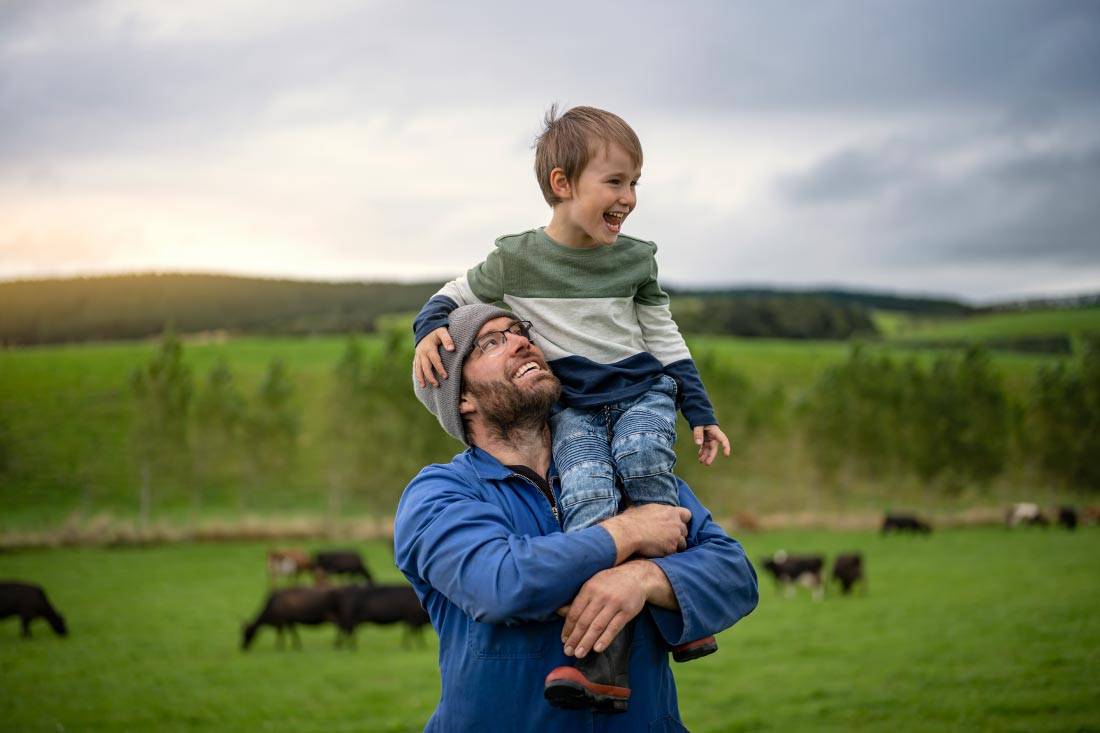
Fonterra Co-operative Group Ltd today raised the midpoint of the 2024/25 season forecast Farmgate Milk Price by 50 cents to $10.00 per kgMS. The new forecast range of $9.50-$10.50 per kgMS reflects the ongoing strength of the global market.
“We’re committed to providing farmers the highest sustainable milk price, so I’m pleased to announce another lift in the forecast for the season,” says Fonterra CEO Miles Hurrell. “We’re seeing a recovery of demand in Greater China as domestic milk production rebalances and demand from Southeast Asia continues to be strong.
“Looking at supply, milk production out of the US and Europe continues to be impacted by local factors, while production out of most regions of New Zealand has increased. “We’re continuing to monitor factors that may influence global supply and demand dynamics, including any potential impact from heightened geopolitical uncertainty,” says Mr Hurrell.

Coaching and mentoring are essential tools for empowering and guiding individuals to reach their full potential and achieve their goals. Coaches offer skills like listening, questioning, and feedback, while mentors provide perspective and empathy based on shared experiences. Choose the right mentor or coach, and remember that coaching leads to action and accountability.
Training is about increasing employee skills, benefiting the business with improved job satisfaction and performance. Create a training plan, provide on-farm and off-farm training, and reinforce learning through practice. Support and value your employees’ development to retain an engaged and competent team.
With the winter season fast approaching, DairyNZ lead adviser Justin Kitto shares some great results from the annual wintering survey and some ideas on how to achieve good practice.
Farmers from all over the country have made an impressive effort to put good wintering practices in place, ensuring their animals are cared for no matter what the weather conditions are. Our recent DairyNZ wintering survey highlighted some notable achievements, including that 80% of farmers have now written wintering plans.
Last winter, 74% of farmers implemented at least five good management practices to support their cows and manage winter conditions. Also, 96% of farmers surveyed said they had strategies to provide comfortable lying conditions for their cows.
Despite this, another finding is that portable trough use and back fencing had a low uptake, which hasn’t increased over the last three seasons. If you’re looking to lift farm performance in 2024, these are two highly beneficial actions to consider.

Rural Contractors New Zealand in partnership with Nufarm are delighted to announce the Nufarm RCNZ Agri-Chemical Applicator of the year award. The purpose of the award is to recognise an individual who demonstrates excellence in Agri-Chemical application and innovation. Nufarm’s New Zealand Country Manager Gavin Kerr says:
“There has never been a better time to promote innovative industry leaders within the sector particularly those individuals promoting innovation related to the sustainable use of crop protection solutions. Nufarm fully backs every solution we provide and is very focused on how our solutions are applied sustainability.
“The recent release of our Grassmanship application has been a great example of this. We are looking forward to recognising industry leaders within the contractors’ industry in partnership with RCNZ.”
RCNZ CEO Andrew Olsen says: “In a highly regulated sector that gets plenty of attention from government agencies and the public, it’s timely that our partnership with Nufarm has extended to include a robust recognition program.
The intent is to open up the opportunity for our members to put forward their brightest and best and, through a rigorous judging format, award the highest level of expertise, compliance and innovation.”
Early lactation once-a-day (OAD) milking is a short-term strategy used during the calving period on a dairy farm to reduce workload. This page discusses both the benefits and challenges of OAD milking.
The benefits include reduced workload, improved cow health, and better energy status for the cows. However, it can lead to reduced milk production for the season, depending on how long the OAD milking lasts. Strategies to minimise the loss of milk revenue while enjoying the labour benefits of OAD are provided.
Also, the implications of using OAD milking during a feed shortage in early lactation are covered, with the likely financial impact and other considerations highlighted

First impressions play an integral role when it comes to evaluating a property. When buyers come to inspect your farm for the first time, preparation and presentation will lead to reaching the best possible first impression.
Regular land and buildings maintenance will ensure the property presents at its best. Paying sufficient attention to detail will pay you back when buyers attend your open days, setting the scene for the rest of your marketing campaign.
Buyers need facts to evaluate whether to purchase. Documenting your returns gives potential buyers the information they need and may reduce the due diligence period required to assess the viability of their purchase.
Rating valuation is worth presenting to the market, though is only a guideline. If a property has unique characteristics, or where sales of similar properties are absent, a registered valuation may help with marketing and any sales negotiation.
Read this story about horse health and tips and tricks to keeping a healthy horse. Adult horses should have a complete veterinary examination at least once a year. Geriatric horses (older than 20 years old) should see their veterinarian twice a year or more frequently because illness is more common in older animals and it can be identified sooner. Your veterinarian may recommend a wellness program for your horse, including routine blood tests.
Vehicle leasing is a contract which allows a business to obtain a vehicle for a fixed period. The leasing company owns the vehicle and charges the business an agreed amount per month to use the vehicle. Usually, leases last for 12 to 48 months, but in some cases can be longer. Once the lease ends, the business returns the vehicle. Leases are tax-deductible. Importantly there are two types of vehicle leases – operating leases and finance leases. This guide focuses primarily on operating leases.
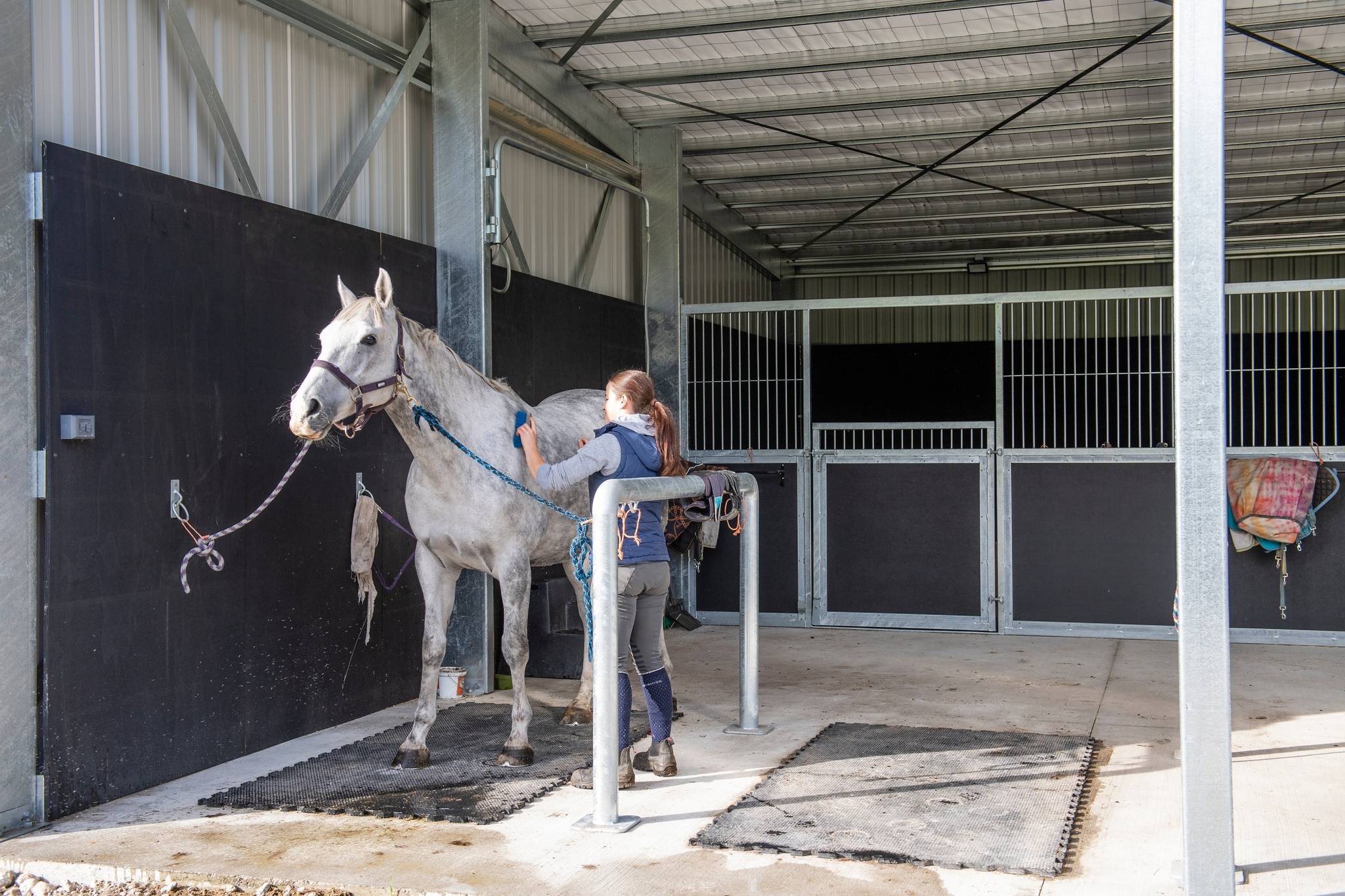
From horse stables and riding centres to commercial covers and stock shelters, we’ve got your (and your horse’s) back. We know you need a horse stable that will stick around, and we make it our mission to deliver a strong stable that won’t fade with time. That’s why we use only the best quality steel and the most reliable builders around! What’s more, we consider all your ideas. Our team can customise your equine shed or horse shelter to suit your needs, whatever they may be. Get in touch with KiwiSpan for a no-oblgation quote today.
Looking for an easy, affordable, and simple way to create your own lifestyle with your own bach? Our transportable homes use only the highest quality materials and innovative design features. Starting from the design all the way through to delivery, we make the process as easy as possible. With 15 years experience, we have hit the nail on the head when it comes to creating your very own custom home.
Based in beautiful Hawke’s Bay, we can build straight from the plan or customise it to your needs. Then we deliver your new transportable home anywhere in the North Island.
The Addiction Clinic is a specialized alcohol counselling and addiction therapy Clinic. The Addiction Clinic operates in Auckland, Hamilton, Wellington, and Christchurch, and via Zoom / Phone.
The Addiction Clinic is a very specialised service as our therapists choose only to work and specialise in the area of addiction. We work with people who battle with Alcohol Addiction, Drug Addiction, Gambling Addiction, Social Media, and Internet addiction.
The Addiction Clinic uses a mix of different therapies, including Cognitive Behavioral Therapy (CBT), Talk Therapy, Psychotherapy, and Relapse prevention.
The Addiction clinic offers a Zoom / Phone service for NZ Farmers that battle with Addiction.

